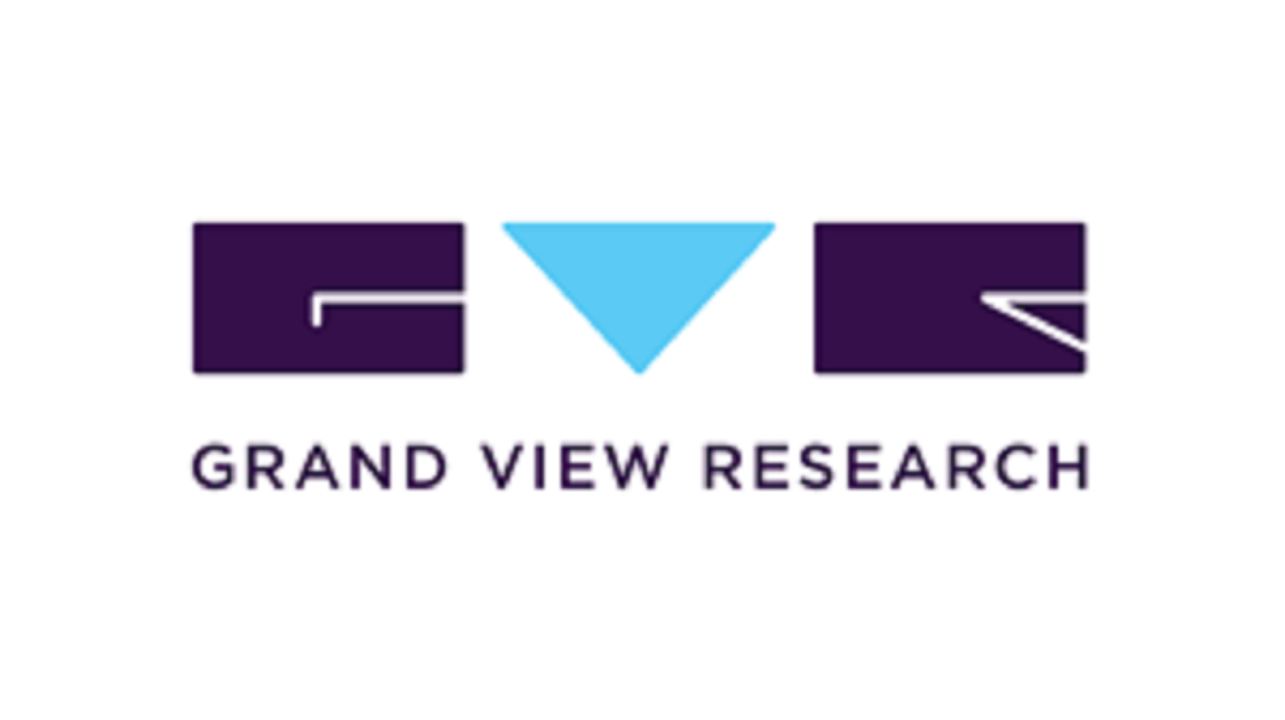The global in-line UV-vis spectroscopy market size is expected to reach USD 1,872.9 million by 2030, registering a CAGR of 6.69% over the forecast period, according to a new report by Grand View Research, Inc. Notable technological advancements in the UV-vis spectroscopic method have accelerated the in-line monitoring of compounds using UV-vis-spectrometry across various fields, such as environmental monitoring, materials science, pharmaceutical research, and agriculture. The introduction of advanced solutions, such as enhanced silicon and InGaAs detectors & Light-emitting Diode (LED) sources, have supported the adoption of this UV-Vis spectroscopy technique, thereby driving the industry.
UV/Visible spectrophotometers are widely used by laboratories, including that associated with academia and governments, as well as other industries. The introduction of multiple regulatory guidelines for effective approval and new product development processes across various industries, such as the pharmaceutical, food & beverages, and cosmetics industries, is anticipated to increase the adoption of products. In the pharmaceutical industry, the introduction of UV-Vis spectrophotometry that operates in compliance with United States Pharmacopeia (USP), Japanese Pharmacopoeia (JP), and the European Pharmacopoeia (EP) is anticipated to drive the industry.
Internal quality management and external regulators play a crucial role in developing spectrophotometers in compliance with various established regulatory guidelines for the effective and safe use of instruments. Wavelength accuracy and repeatability are key performance parameters of the UV/VIS spectroscopic method. Thus, accurate calibration of the wavelength axis is important for applications that rely on spectroscopic techniques for compound testing, to receive regulatory approval. Furthermore, the National Institute of Standards and Technology is involved in establishing guidelines on technical specifications for the certification of spectrophotometric traceable Reference Materials. In addition, major manufacturers are providing solutions to academic institutions.
For instance, in May 2021, PASCO Scientific announced the launch of a new UV-Vis spectrometer, which offers universities a comprehensive solution for everyday applications in spectrophotometry. The COVID-19 pandemic positively impactedindustry growth. Advantages, such as high accuracy, and characterization of components, such as additives/preservatives, proteins, and nucleic acids (i.e. DNA/RNA), among others will drive the demand. This technology can also impact the time-to-result for both upstream and downstream processes including quality control. As a result of these advantages, the usage of these technologies increased during the COVID-19 pandemic. The development in the advancement of biological drugs globally is leading to the expansion of several New Biological Entities (NBEs).
Gather more insights about the market drivers, restrains and growth of the In-line UV-vis Spectroscopy Market
In-line UV-vis Spectroscopy Market Report Highlights
• The color measurement segment accounted for the largest share in 2022. A large number of operating suppliers and high penetration of products in this segment have resulted in the dominance of this segment
• Measurement of chemical concentration also accounted for a significant revenue share in 2022. An increase in demand for real-time analytical tools that monitor fermentation and bioprocesses in food & biological applications is expected to propel industry growth
• The painting & coating industry end-user segment held the largest share in 2022 due to the rapid growth of the paint and coatings industry
• The chemical industry segment is expected to grow at the fastest CAGR from 2023 to 2030. The high use of spectroscopy for monitoring wet chemical processes has boosted the revenue growth of the segment
• North America dominated the global industry in 2022 owing to the presence of highly regulated industries in the U.S. and the growing demand for robust technologies
• The rising adoption of spectroscopy services in countries like India, Singapore, and South Korea is expected to drive the Asia Pacific region at a lucrative CAGR from 2023 to 2030
In-line UV-vis Spectroscopy Market Segmentation
Grand View Research has segmented the global in-line UV-vis spectroscopy market on the basis of application, end-user, and region:
In-line UV-vis Spectroscopy Application Outlook (Revenue, USD Million, 2018 - 2030)
• Color Measurement
• Chemical Concentration
• Turbidity & Haze Measurement
• Thickness Measurement
In-line UV-vis Spectroscopy End-user Outlook (Revenue, USD Million, 2018 - 2030)
• Plastics Industry
• Chemical Industry
• Food & Beverages
• Pharmaceutical Industry
• Painting & Coating Industry
• Others
In-line UV-Vis Spectroscopy Regional Outlook (Revenue, USD Million, 2018 - 2030)
• North America
o U.S.
o Canada
• Europe
o Germany
o U.K.
o France
o Italy
o Spain
• Asia Pacific
o Japan
o China
o India
o Australia
• Latin America
o Brazil
o Mexico
• Middle East And Africa (MEA)
o South Africa
o Saudi Arabia
o UAE
List of Key Players of In-line UV-vis Spectroscopy Market
• Agilent Technologies, Inc.
• Shimadzu Corp.
• Thermo Fisher Scientific Inc.
• X-Rite
• ColVisTec AG Inc.
• Hunter Associates Laboratory, Inc.
• Applied Analytics, Inc.
• AMETEK, Inc.
• Guided Wave, Inc.
• Kemtrak AB
• Endress+Hauser Management AG
• Color Consult
• Equitech Int'l Corp.
• Uniqsis Ltd
• Advanced Vision Technology Ltd.
Order a free sample PDF of the In-line UV-vis Spectroscopy Market Intelligence Study, published by Grand View Research.


